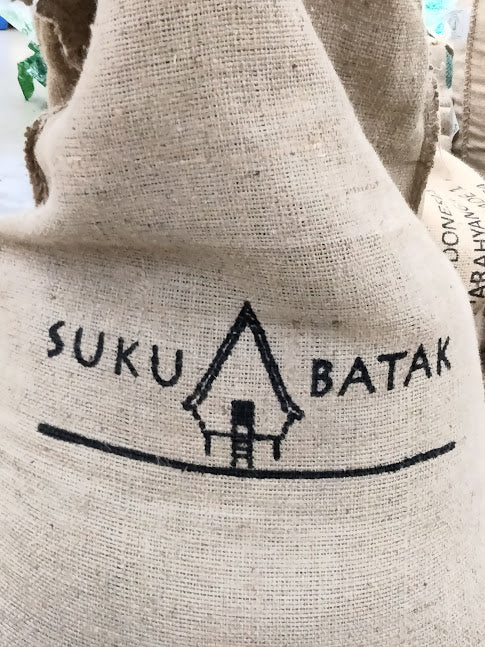Indonesian
Sumatra La Minita Iskandar
Sumatra La Minita Iskandar
In the big scheme of things, Sumatra didn't have great coffee quality this year, and good crops are really hard to find. But this Sumatra is extraordinary. These beans are meticulously sorted with only the largest and cleanest beans making the cut, which is almost unheard of in Sumatra. Most Sumatran coffee is riddled with broken beans, bug marks, chaff, and a variety of bean sizes. Furthermore, the beans are packed in a GrainPro bag right at the farm for ultimate freshness, so when the coffee comes to my door, it’s as if it just came down from the mountain. The labor involved in producing this coffee is mind-boggling.
For this reason, Iskandar is extremely rare, only a couple hundred bags a year at most, and the whole world tries to get it. It is only sold direct from the farm, and it is only for sale a couple days a year. It's also known as Suku Batak.
10 years ago, Coffeereview scored it as the highest rated Sumatra at 94. This sent shockwaves at the time because Indonesia wasn't considered specialty coffee, and it changed the perspective of the industry of what is possible.
The recommended roast from the farm is 30-45 seconds past the 1st cracks for fullest complexity, which is described as being herbal and butterscotch, with a high complexity in both the aroma and undertones. I take it just a little bit further. My sweet spot is 5 seconds into the 2nd cracks where I find the fullest body, and best balance of flavor. The two predominant flavors are cedar and grapefruit. The grapefruit is particularly apparent in the aroma, and is mesmerizing. The cedar is a treat, and makes one think of cedar chests and other fine workmanship. There is brightness in this coffee, which is rare for a Sumatra, but quite pleasant. The aftertaste is clean. Even just into the 2nd cracks there is a buttery-toffee note that you could convince me of being butterscotch. It is an absolute stellar coffee in every way, and our whole staff is hooked on it. It's pricey, but in this case, I would argue that you get what you're paying for.
US Arrival October 2025








